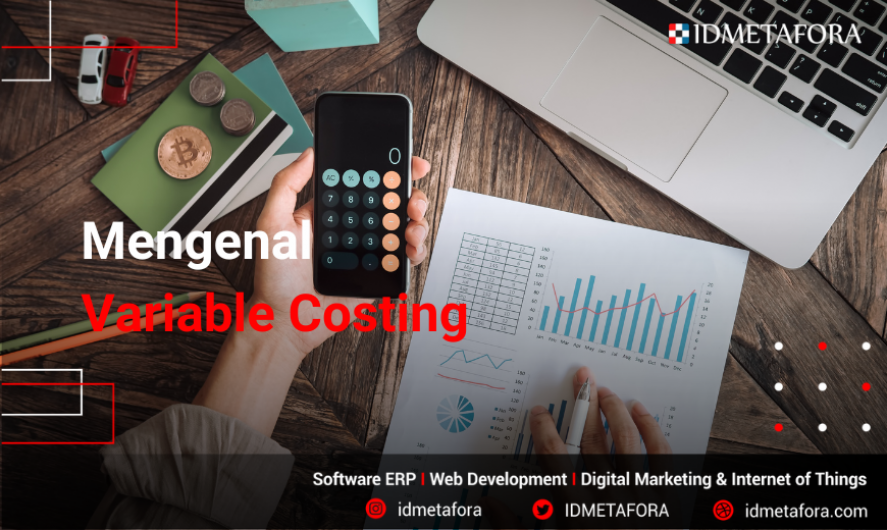Variable Costing What Is It, Examples, How To Calculate, Formula

With a thorough understanding of variable costs, companies can set prices that cover these costs and also account for fixed costs, ensuring profitability. To determine total variable cost, simply multiply the cost per unit with the number of units produced. Because variable costs scale alongside, every unit of output will theoretically have the same amount of variable costs. Therefore, total variable costs can be calculated by multiplying the total quantity of output by the unit variable cost. Let’s assume that it costs a bakery $15 to make a cake—$5 for raw materials such as sugar, milk, and flour, and $10 for the direct labor involved in making one cake.
Is Marginal Cost the Same as Variable Cost?
Variable costs can guide businesses in determining how to allocate resources optimally. For example, if a spike in demand for a particular raw material occurs due to global shortages, the cost to purchase that material will increase. Though this cost structure protects a company in the event the demand for their goods decreases, it limits the upside profit potential the company could have received with a more fixed-cost-focused strategy.
- This would mean the total variable cost per unit of a single chair would be $50.
- By reducing its variable costs, a business increases its gross profit margin or contribution margin.
- Your goal should be to reduce the cost of producing each item, while maintaining the same level of quality.
Variable Cost Formula
It can make a big impact on the per-unit price if a company has high direct, fixed overhead costs. Companies that use variable costing may be able to allocate high monthly direct, fixed costs to operating expenses. This could result in a more reasonable per-unit price in some cases. Most companies may have to transition to absorption costing at some point, however, and it can be important to factor this into short-term and long-term decision-making.

Calculating profit margin with variable costs
However, orders of greater than 1,000 pounds of raw material are charged $0.48. In either situation, the variable cost is the charge for the raw materials tips for taxpayers who make money from a hobby (either $0.50 per pound or $0.48 per pound). Variable cost and average variable cost may not always be equal due to price increases or pricing discounts.
Variable Costs: A Simple Guide
You’ll need variable cost data to make the right decision in this scenario, which will greatly impact profitability and leverage. Note how the total variable cost rises with the number of chairs produced, while the fixed cost remains the same regardless of production output. One of those cost profiles is a variable cost that only increases if the quantity of output also increases.
Under absorption costing, fixed factory overhead is allocated to the finished goods inventory account and is expensed to cost of goods sold when the product is sold. The income statement we will use in not GenerallyAccepted Accounting Principles so is not typically included inpublished financial statements outside the company. Thiscontribution margin income statement would be used for internalpurposes only.
The definition of a fixed cost is any expense you have to pay that doesn’t vary according to how much of your product or service you produce. Added up, your fixed costs are the price of staying in business—no matter how much business your business is doing. Hence, with both methods, he arrives at the same conclusion, but the difference is in the way each method allocates the fixed manufacturing overheads on the income statement.
Of course, you don’t want to charge too much and risk losing business to better-priced competition. Using the variable cost formula will help you find the sweet spot between charging too much and too little, ensuring profitability for your business. Notice how the total variable cost goes up according to the number of contracts, much like in the previous example. If your company accepts credit card payments from customers, you’ll have to pay transaction fees on each sale. This is a variable cost since it depends on how many sales you make (and what methods your customers use to pay).